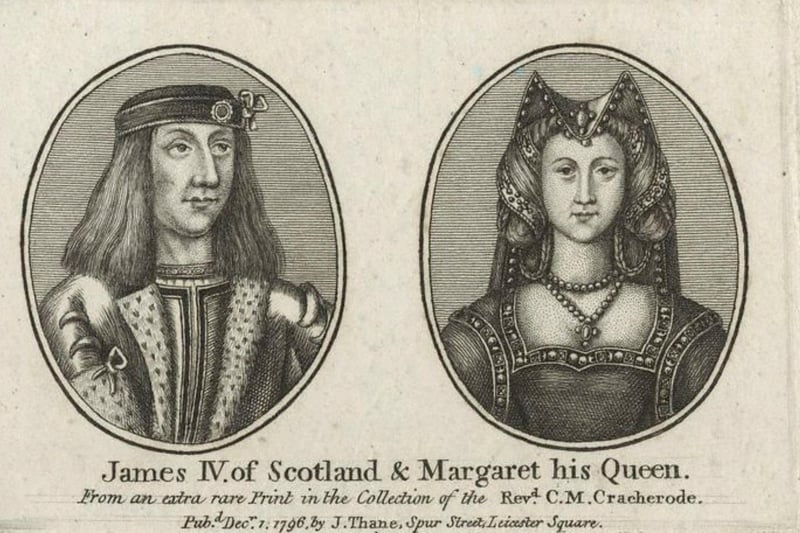Scotland only emerged as the land we know it as today over the course of many centuries with all sorts of fascinating ancestry like the Picts, Vikings, Anglo-Saxons, Gaels and Britons, influencing the fabric of our culture.
For this reason, when discussing Scottish kings, it is important to acknowledge the historical nuances in terms of what constituted ‘Scotland’ or even a ‘King’ as some famous Scottish monarchs were more like tribal chiefs.
Traditionally, our kings were crowned in a ceremony involving the legendary Stone of Destiny at Scone Palace. However, it was taken to England by King Edward I and used for the coronation of English monarchs for 700 years before being returned to Scotland in 1996 (inspiring the 2008 film.)
Here are 13 Scottish kings and why we remember them even to this day.
Traditionally, our kings were crowned in a ceremony involving the legendary Stone of Destiny at Scone Palace. However, it was taken to England by King Edward I and used for the coronation of English monarchs for 700 years before being returned to Scotland in 1996 (inspiring the 2008 film.)

13. James IV: The last king to die in battle (1488 - 1513)
King James IV claimed the throne at age 15 following the death of his father at the Battle of Sauchieburn. Unlike his father, James IV is considered a ‘successful’ Stewart monarch who was well educated and could speak a variety of European languages and Scottish Gaelic. He led a rebellion against his father but his death weighed heavily on James IV, as penance he wore an iron belt around his waist for the rest of his life. Despite this, under his reign he unified Scotland under royal control and strengthened the country’s ties to European politics. However, when Henry VIII invaded France in 1513, James IV decided to honour the Auld Alliance and led an army to the Battle of Flodden Field where he died. This made him the last monarch in Great Britain to die in battle. Photo: Ann Longmore-Etheridge on Flickr


